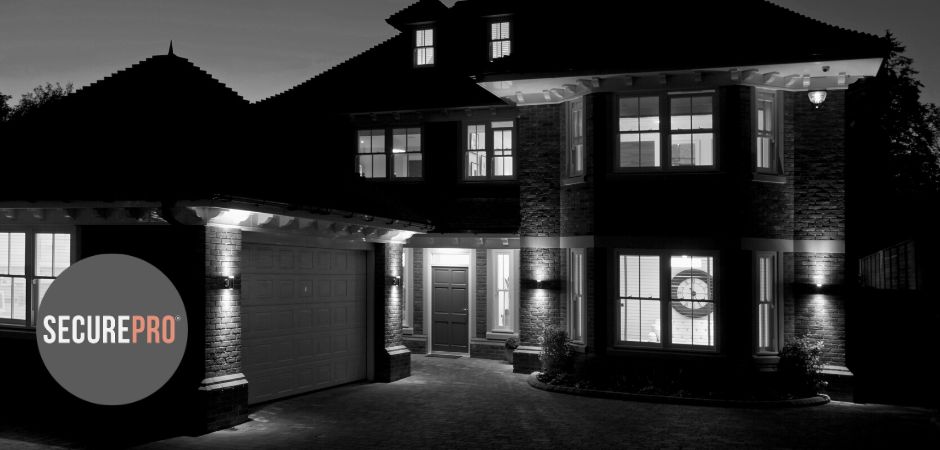
CCTV footage can be a valuable piece of evidence in a criminal case. It can be used to identify suspects, establish the timeline of events, and corroborate witness testimony. In some cases, CCTV footage can be the only evidence that exists of a crime. In this blog we at SecurePro show you the ways in which you can use CCTV footage as evidence as a crime.
Here are some tips on how to use CCTV footage as evidence of a crime:
CCTV footage can be a powerful piece of evidence in a criminal case. If you have CCTV footage of a crime, be sure to preserve it and make sure it is admissible in court. With careful handling, CCTV footage can be the key to solving a crime.
Here are some additional tips for using CCTV footage as evidence:
177 Lower High Street
Stourbridge
West Midlands
DY8 1TG
© SecurePro is a trading subsidiary of Four Circles Group Ltd, a registered UK company (11335513).